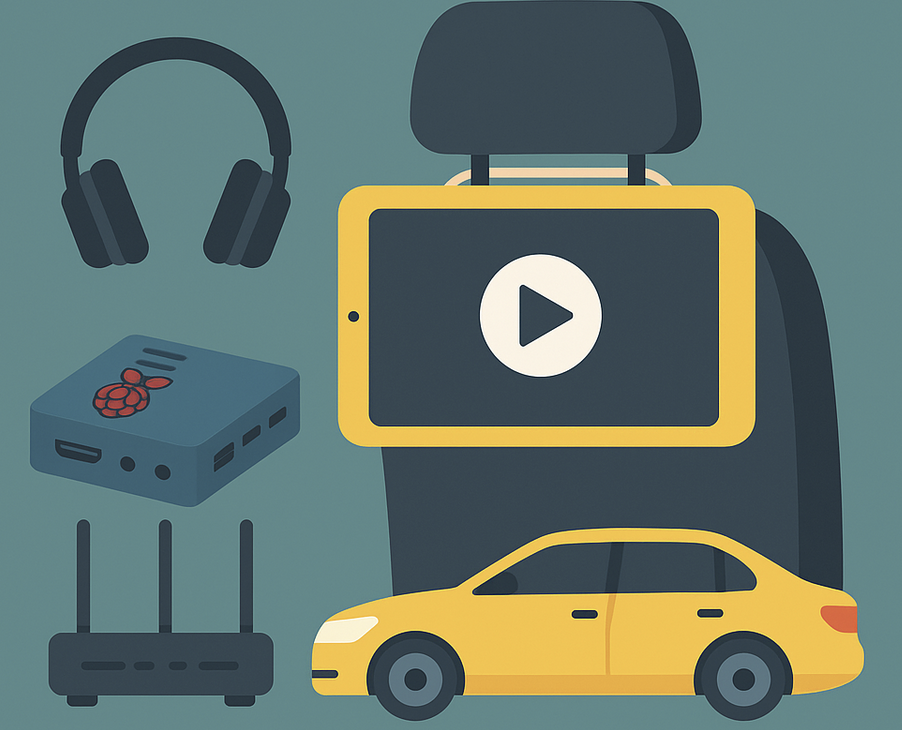Last summer, I built a simple yet effective in-car entertainment system for our kids. We had a long road trip ahead of us – hours of driving to reach our summer holiday destination – and traditional car games like “I spy” or license plate spotting just weren’t going to cut it for a five-hour journey.
To solve that, I turned our car into a mobile streaming cinema and here’s how you can too.
What You’ll Need:
– Raspberry Pi 4 (or newer) with a 32GB SD Card (More space = more movies!)
– Raspberry Pi case and power adapter
– 12V DC to 230V AC power inverter (if your car doesn’t have a standard 230V socket)
– An old Wi-Fi router
– At least one tablet (e.g., iPad or Android) capable of streaming video
– Bluetooth over-ear headphones
– Cardboard packaging from the tablet’s Cover (for DIY mounting)
– Power strip (to connect the Raspberry Pi and router to the inverter)
– Jellyfin, free and open-source media server software
My Setup:
– Raspberry Pi 4 with 32GB SD card in a 3D-printed case
– Old Fritz!Box 7490 as the wireless router
– Two iPad Airs, each paired with a Bluetooth over-ear headset
– Cardboard packaging from the iPad Smart Folio
Building the iPad Holders:
To make screen mounts for the car seats, I repurposed the sturdy cardboard packaging that came with our iPad Smart Folios.
Step 1:
I carefully cut a window in the cardboard so the iPad screen remains visible and added holes for the power button and volume controls.

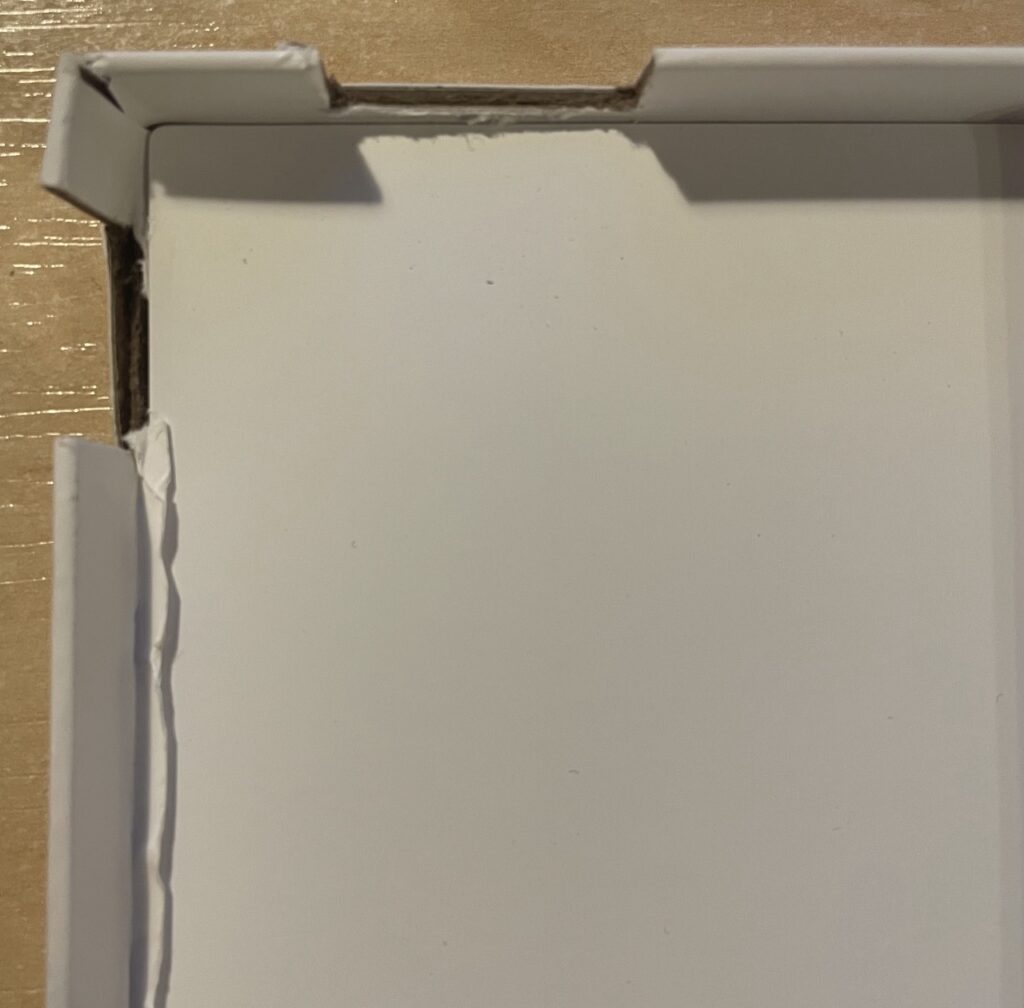
Step 2:
To hang the holder on the back of the car’s headrest, I punched small holes and pulled a cord through the cardboard.
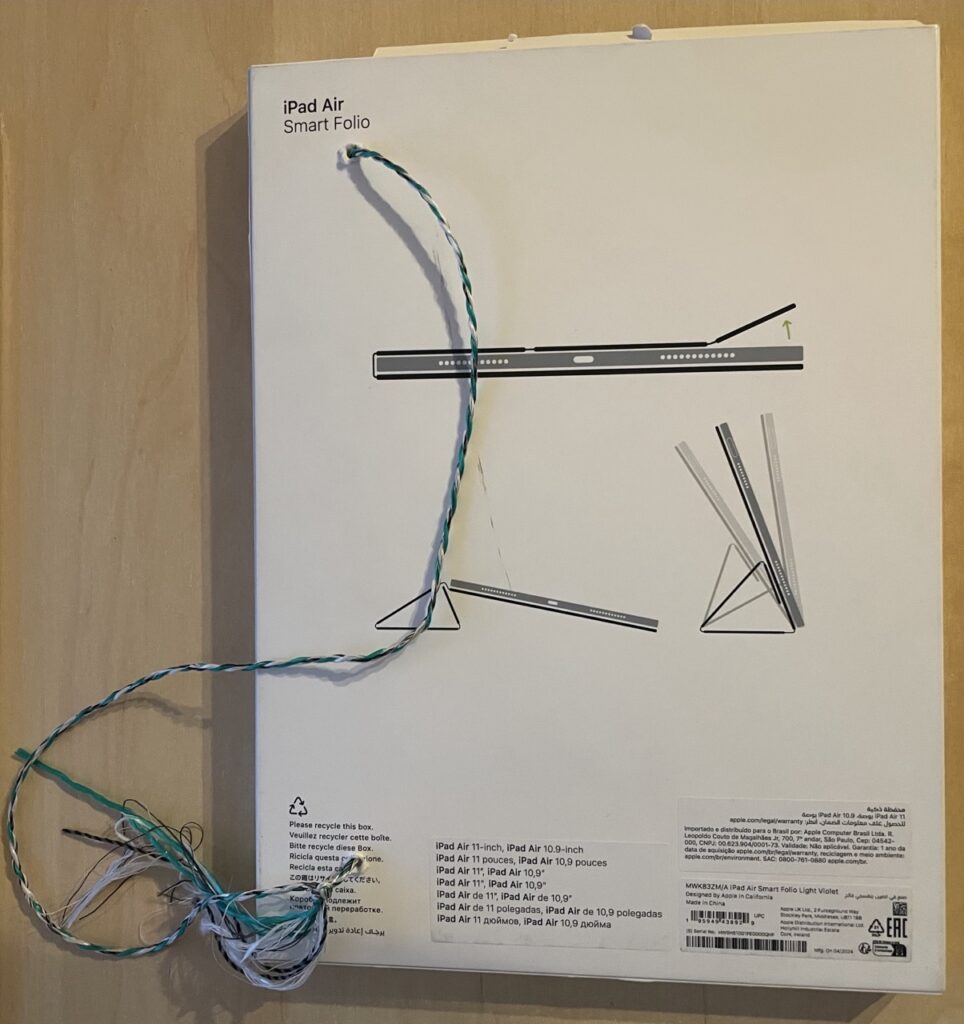
Step 3:
You can now slide the iPad into the holder securely…
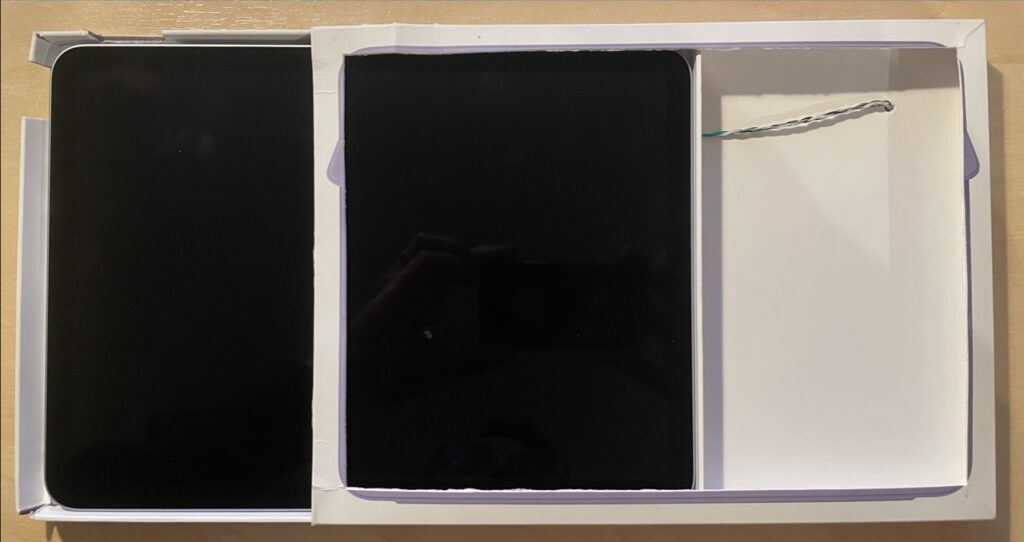
…and hang it over the car seat. Voilà! A simple, cheap, and effective car mount.
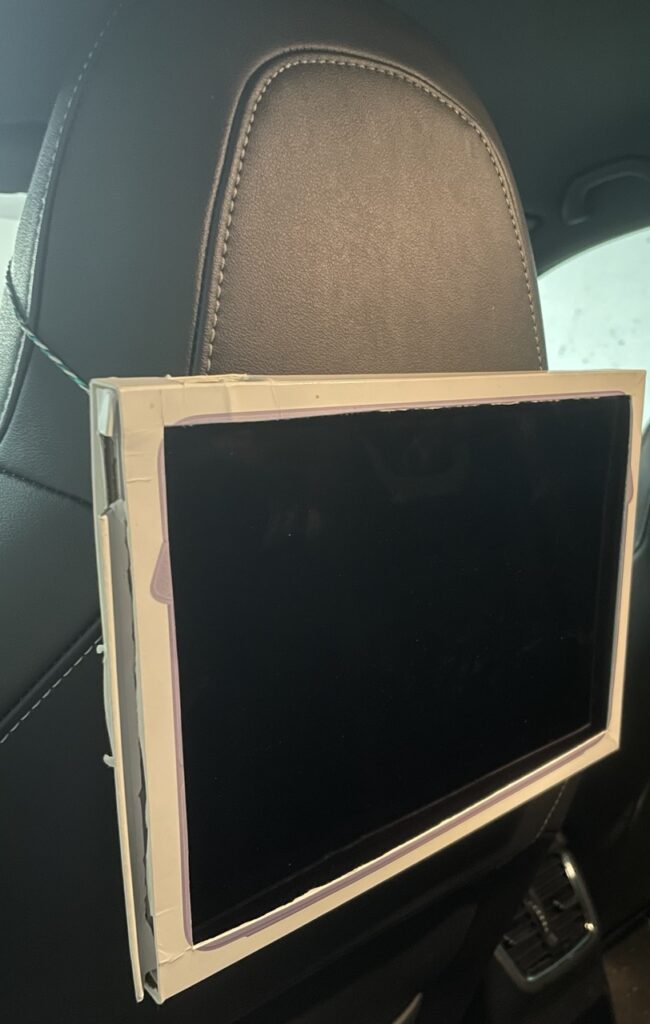
⚙️ Setting Up the Software:
On the Tablets:
Download the Jellyfin app from the App Store (iOS) or Play Store (Android). It’s the client that will stream movies from your in-car media server.
On the Raspberry Pi:
The Raspberry Pi will act as the Jellyfin server. I won’t go into all the setup details here, there are already excellent tutorials available. I recommend this guide:
How to install Jellyfin on Raspberry Pi – pimylifeup.com
Once Jellyfin is installed:
1. Add your movie files to the Jellyfin server.
2. Configure your Wi-Fi router and create a local network (no internet needed).
3. Connect the Raspberry Pi to the router via Ethernet for stability.
4. Join your tablets to this Wi-Fi network.
Wiring it All Up
Place the power inverter in the trunk, plug in a power strip, and use it to power both the Raspberry Pi and router. Connect the Raspberry Pi with the Ethernet-Cable to your Router. When everything is connected and powered on:
The kids watch their favorite movies with Bluetooth headphones.
The Raspberry Pi serves the media.
The router broadcasts the local network.
The tablets connect to Jellyfin over Wi-Fi and stream the content.



Result: A Peaceful Ride
With this setup, your children can stream their favorite shows and movies during long drives. No mobile data, no internet, no complaints. Just a quiet, happy car ride into your vacation 😉
Final Tips: Travel Smart and Safe
Even with the best entertainment system on board, don’t forget the basics of a good road trip:
Stay hydrated, especially on warm days or long drives.
Make regular stops to stretch your legs and take a breather.
Eat balanced meals – snacking is great, but a proper meal makes a big difference.
Power down when parked: If you stop the car for a longer break or overnight, make sure to turn off the inverter. Leaving it on could drain your car battery, especially if your power inverter stays live with the engine off.
Safe travels and happy streaming!
